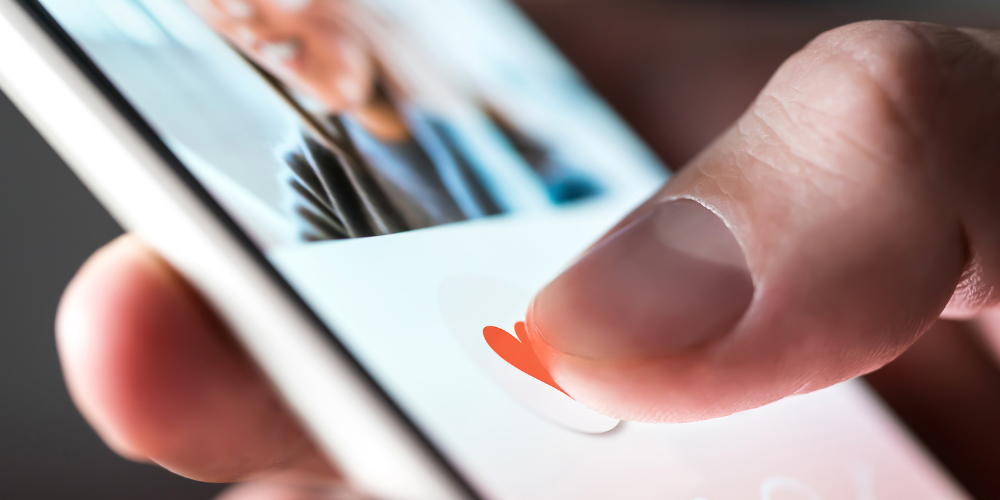How to Reduce Technology’s Threat on Modern Relationships

As technology continues to advance, so does our reliance on it. Constant access to messaging, email and social media on our devices has created more opportunities to connect and communicate with friends, family, and coworkers; ironically, however, our devices and the distractions they provide have the potential to pull us away from the present moment and the people we are with. This trend has created new threats to modern-day relationships.
When two people are feeling connected, they display eye contact and body language that communicates to the other person that they are paying attention and in tune with the other. When one or both people are distracted, this interrupts their ability to connect. Our devices are continually chiming with notifications, and most people tend to keep them within arm’s reach. In fact, studies have shown that a portion of our attention is on our device as long as it is simply in our field of vision, even if we are not interacting with it. Thus, as long as our devices are nearby, we struggle to be fully present with others.
Practices for Reconnecting
Meaningful, connected interaction is crucial in intimate partnerships. It helps to foster feelings of safety, security, warmth, and belonging. Without these interactions, we begin to feel disconnected, isolated and lonely. Since we are becoming more and more reliant on our devices, it is up to us to create boundaries around our technology use to create the right environment for connection in our relationships.
Here are some ways to take control over your use of technology:
Block Out Tech-Free Time Together
It is now the norm to be continuously connected with our devices. It requires intentional boundary setting to ensure we are spending quality time with our partners. Here are some ideas for practicing tech-free quality time:
- Make it a rule that devices are not allowed at the table during meals
- Go for a walk and leave your devices behind
- Plan a date night and leave your devices at home or in the car
- Designate a time of day or day of the week to be tech-free
Set Limits
Limiting your technology use does not have to mean putting your device away completely. If you tend to feel tethered to your device, ask yourself what activities are pulling you in the most. Are you part of a group chat that keeps the notifications coming throughout the day? Are you answering work emails after hours? Playing a game you can’t get enough of? Scrolling through social media?
Once you have a sense of the things that keep you coming back to your device, try setting limits on those things. It is easy for time to escape us when we are engaged with technology, which is why it is important to be intentional ahead of time about how much time we are dedicating to it. Most smartphones have settings that allow you to set time limits for specific applications. By limiting the time you spend on your device, you are making a commitment to spending more time in present-moment awareness with those around you.
Navigate Concerns with an Unbiased Third-Party
Sometimes, problems associated with overuse of technology in a relationship are coupled with more deeply-rooted concerns about connection and trust. Limiting technology use and spending quality time together may be an important step toward improving your connection, although there is often more to the story. Working with a couples therapist can help you and your partner explore difficult topics while also learning to set boundaries.
Technology helps to improve our lives in many ways, but it is our responsibility to create boundaries around technology use for the sake of our relationships.
Ready to prioritize your mental health?
Great Lakes Psychology Group is here to help. With an extensive network of caring therapists available to meet online or in-person, we make it easy to find the right fit for your unique needs.



